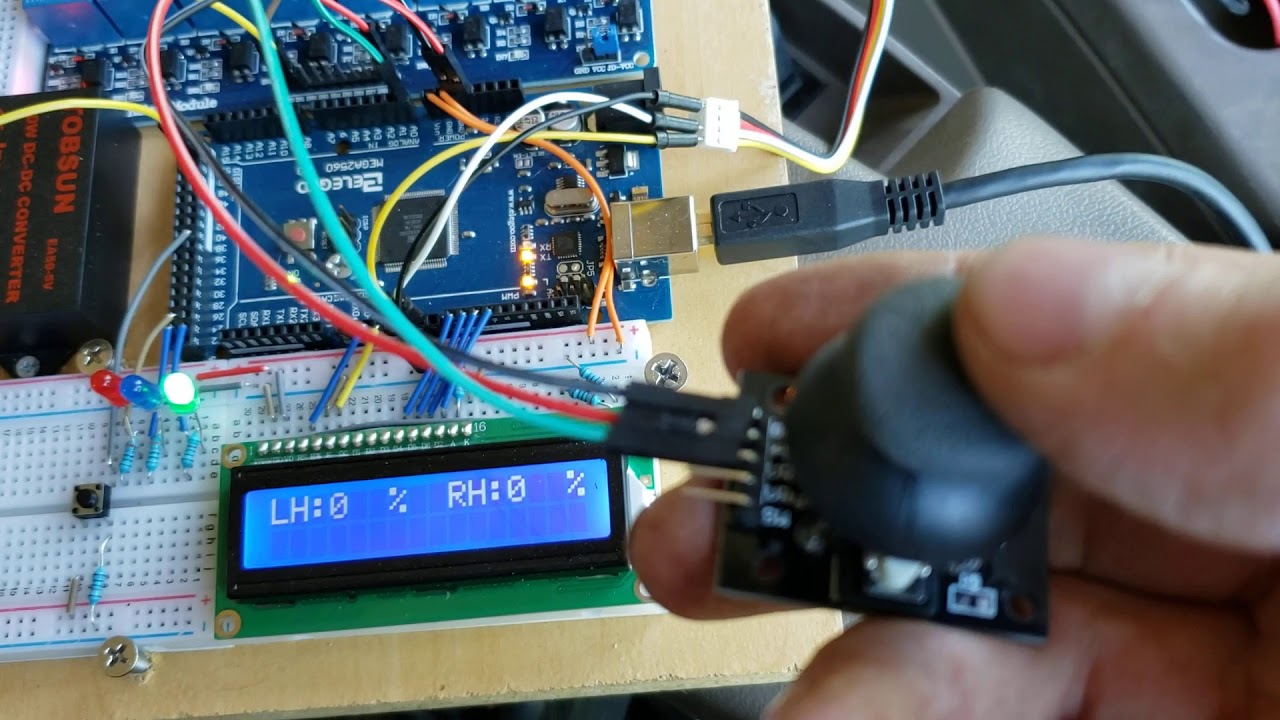I got a Cytron MD13S and built a PWM valve controller using an Arduino, a joystick, and some other parts I had laying around. With this, I was able to successfully control this valve and steer the tractor with the joystick.
I used the Arduino’s normal PWM capability to drive the Cytron, and connected a joystick to control the Arduino output. I set up a relay to power the “Enable” coil with constant current. It worked very smoothly and I could move the wheels very quickly with a 100% PWM signal. I am expecting AOG should be able to work just fine with this valve.


Video:
